History is a subject many people scrutinize with frown on their faces, one that triggers discussions and evoke memories, both good and bad. It also is a terrific means to raise a optimism and bring purpose, particularly in a world where tragedy is what sells on the news.
One Saturday morning James took me to the neighborhoods in Hong Kong Island’s western districts to visit what has become his campus since 2013, and to retrace another chapter in Hong Kong’s history, including one that really tested the island like never before.
Under the grey winter sky, an early 20th century red brick Edwardian-style building stood out in the dense neighborhood at the western part of the island’s Mid-Levels – a terraced upscale residential area perched along Hong Kong Island’s rugged hills. ‘Hong Kong Museum of Medical Sciences’ the signboard read, hanging above the arched entrance.
Inside, displays of laboratory tools and equipment reminded me of chemistry classes in high school, but instead of witnessing teenagers’ mischief, the ones at the museum saw a much gloomy time when a plague spread in the former British colony, claiming thousands of lives.
Following civil unrest in mainland China during the late 19th century, a massive influx of refugees flocked to the then British-controlled island of Hong Kong, forcing them to live in dense tenements with little to none sanitation system at all, a hotbed for any plague outbreaks. And that was exactly what happened in 1894.
Earlier that year, a bubonic plague broke out in Canton, the Chinese province bordering the British tiny outpost. Months later it reached Hong Kong and infected many residents of Tai Ping Shan, the ground zero of the outbreak where poor Chinese workers lived. Over the period of 1894 – 1901 the plague subsided and reemerged in annual basis, with February to July as the worst months.
British government officials did whatever they could to curb the plague from spreading even further. The entire Tai Ping Shan settlement was eventually torn down and replaced by a new residential compound equipped with proper drainage and ventilation. House to house searches were carried out to detect any infected resident as a preemptive measure, a task proved to be very difficult since families hid anyone having the disease in their houses from officials’ sight.
A section in the museum described how in one house the dead body of a family member was dressed up and seated around the dining table in such way that when government officials entered the house all they saw was a family having dinner together without signs of anyone sick in the house.
In the years that followed better sanitation and medical research led to the eventual disappearance of the disease from the island in the early 20th century, partly thanks to the newly founded Pathological Institute occupying a red brick building in Hong Kong Island’s west – today’s Hong Kong Museum of Medical Sciences.
A short walk from the museum, another building formerly used for medical purposes stood on a quiet intersection. The Old Mental Hospital’s grey facade was the only remaining part of the hospital for the rest of the building was rebuilt into a community center following decades of abandonment. The granite exterior and red brick veranda, built in 1892, are now fully restored and provide a unique colonial touch to the otherwise modern neighborhood.
Less than a kilometer from the community center the University of Hong Kong complex sprawled over green hills of the western end of Hong Kong’s Mid-Levels. At the southeastern side within the compound, the Eliot Hall stood graciously with two spiral staircases exuding British colonial ambiance among modern structures across the campus. Dating back to 1911, the university, also known as HKU, is the oldest in Hong Kong, its reputable programs considered among the best in Asia.
Less known to most people was the University Museum and Art Gallery, occupying a small building at the northeastern corner of the complex, facing Bonham Road. Housing a broad selection of some of the best cultural heritage from China including ceramics, sculptures, minority peoples’ traditional outfits and other artifacts, the museum owed its vast collection to a number of art collectors who wished to showcase the wealth of Chinese antiquities to younger generations.
Outside the museum, dozens of small to medium-sized statues adorned the garden, a dog-like creature with fierce look and long canine teeth which was also the mascot of the museum. Information on the character is scarce, its history is barely known to most people. So are many chapters in history, some as palpable as an open book, some shrouded in clouds of mystery, others lost forever.
Preserving old buildings not only does add charm to their surroundings, but also provides the people with a platform to learn from past mistakes, reconnect with their roots, and prevent history from slipping into oblivion. It truly is in everyone’s best interest to conserve them, for the greater good of the society is what can be achieved by doing so.

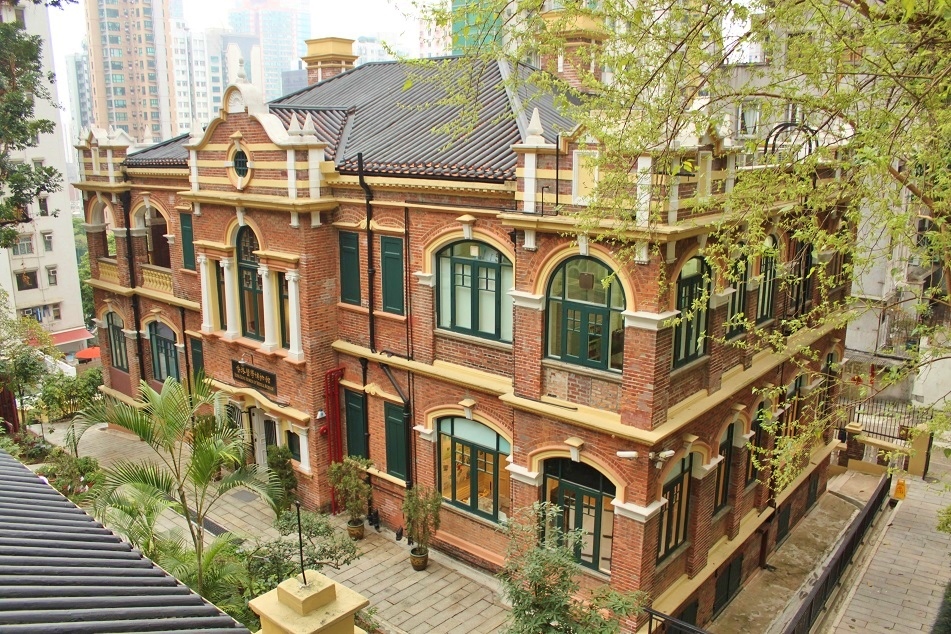
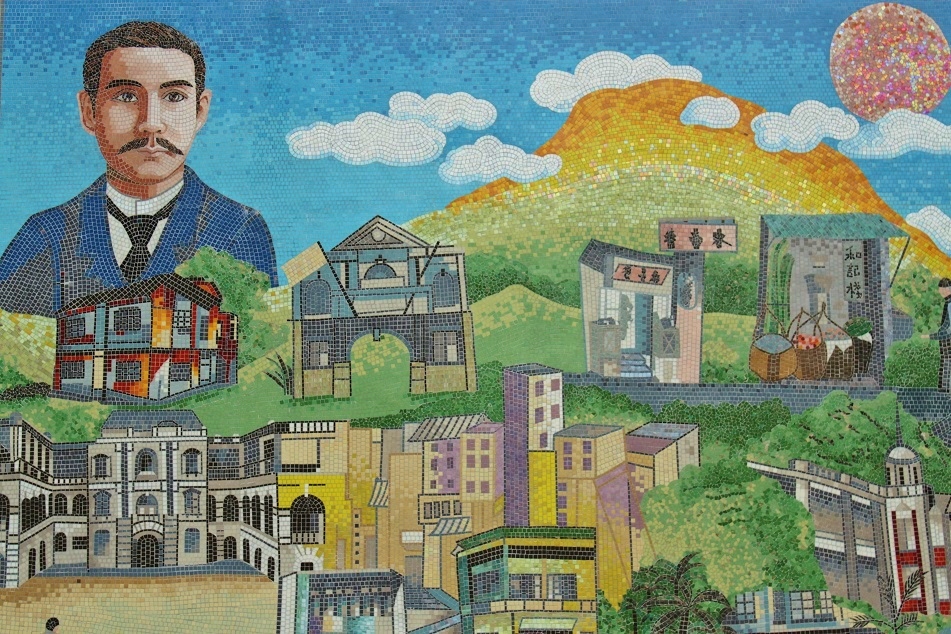
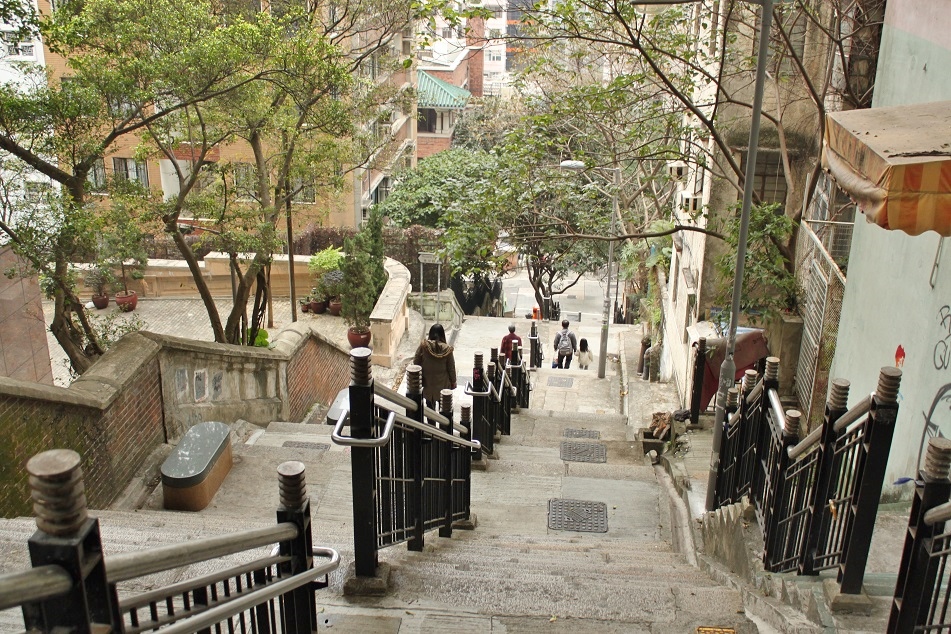
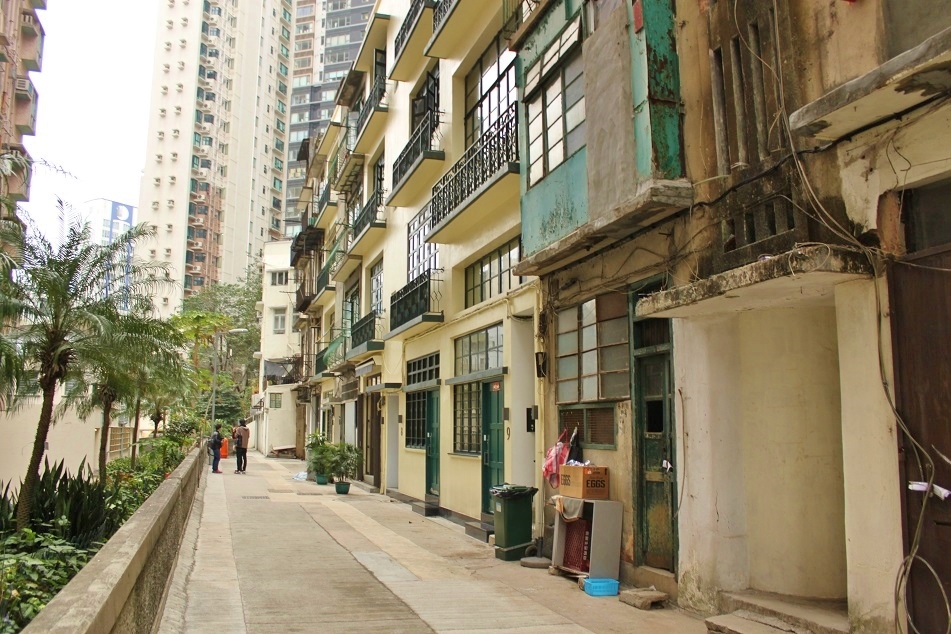
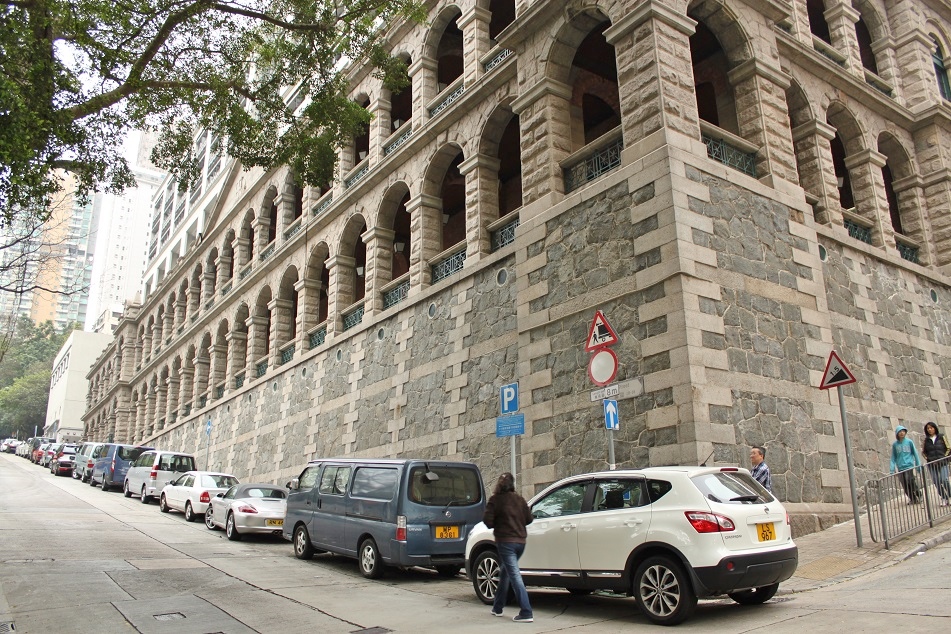
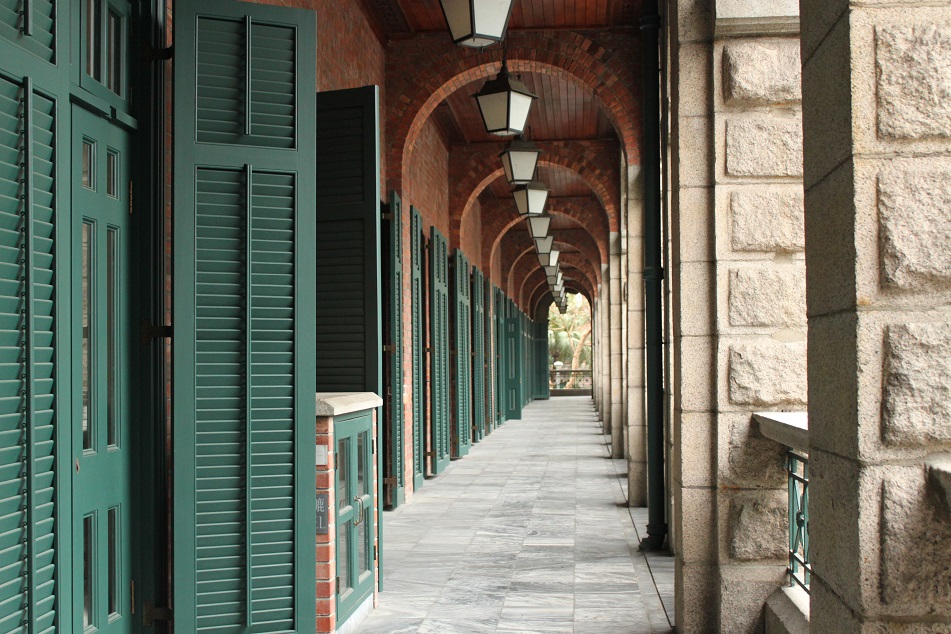
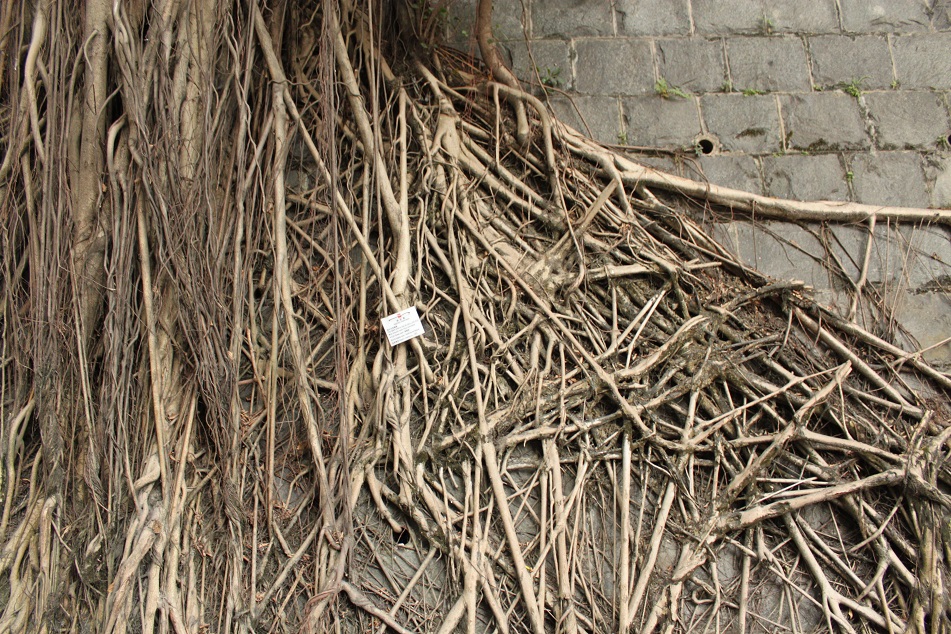
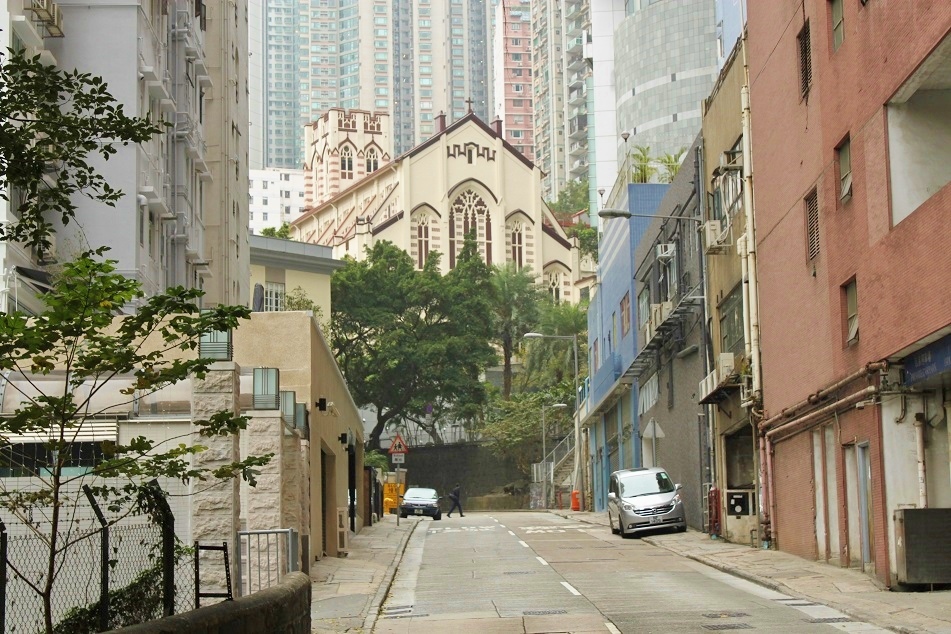
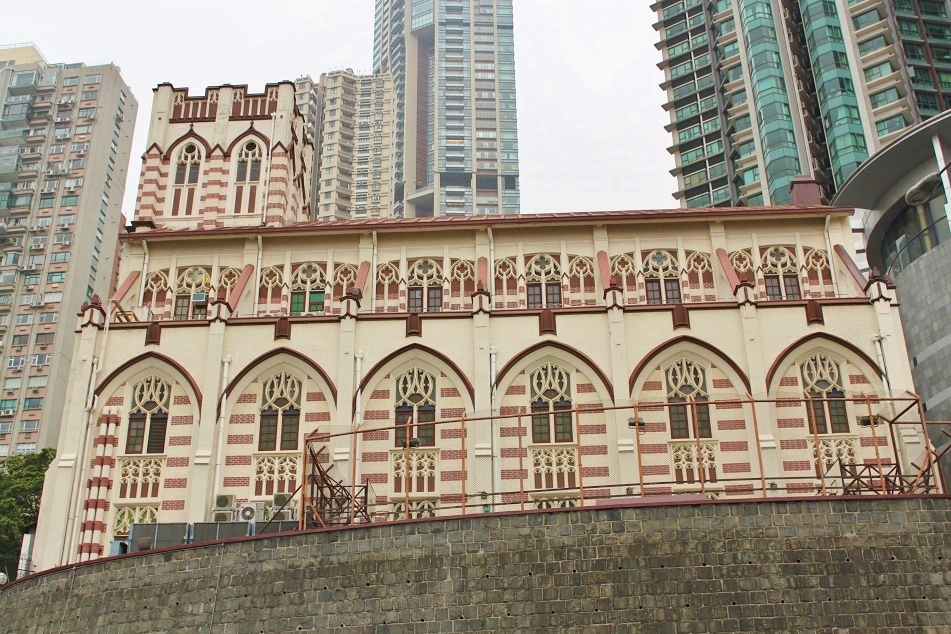
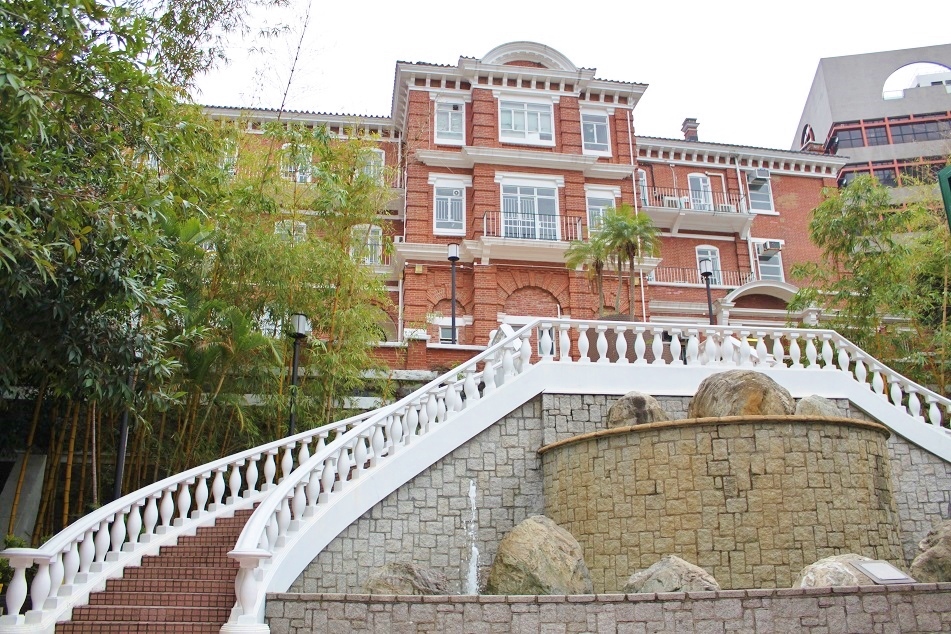
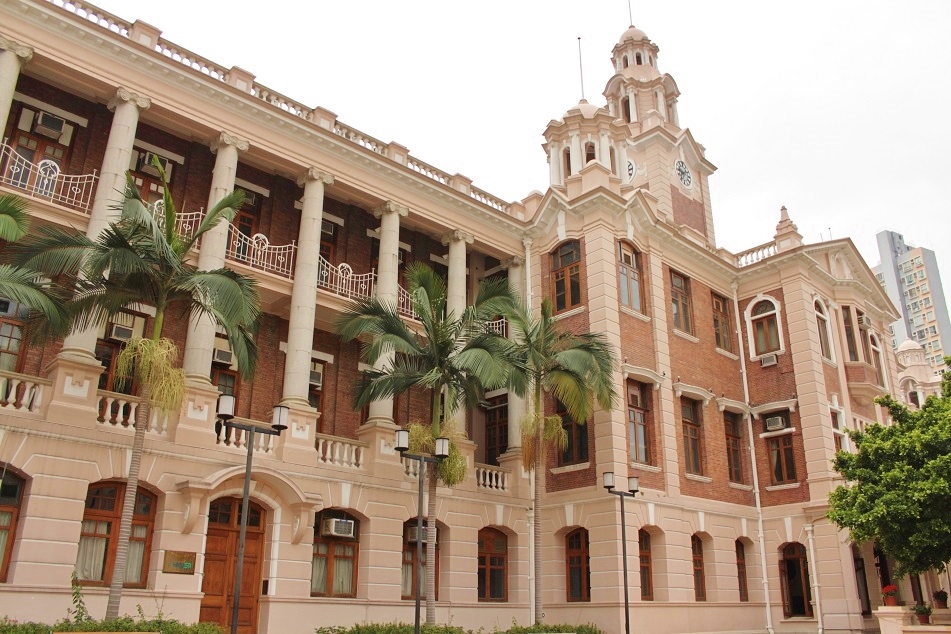
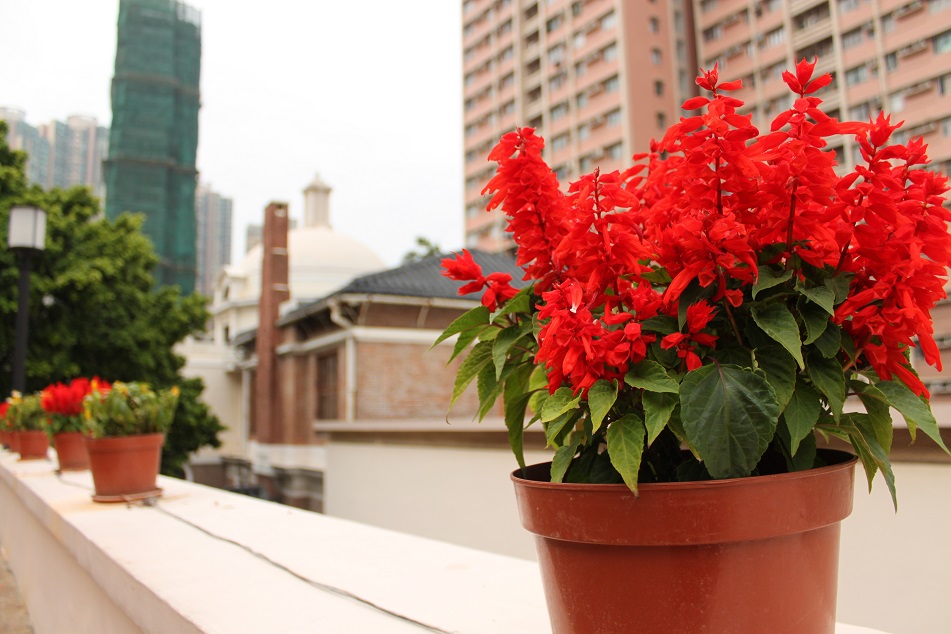
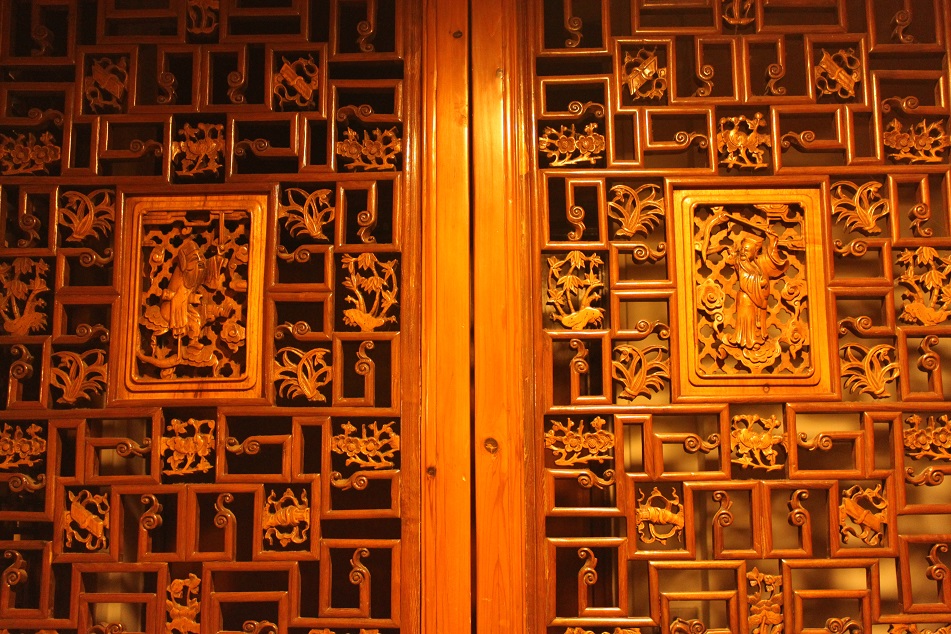

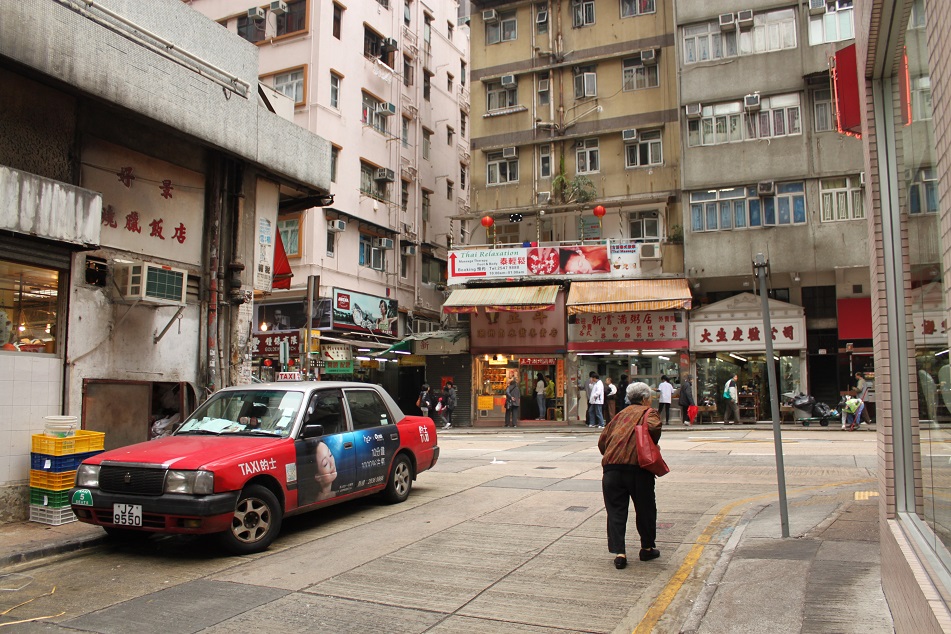
Reblogged this on My Bloggerdiok.
LikeLike
great perspective !
LikeLike
Thank you, Groovy Historian.
LikeLike
no worries stay groovy
LikeLike
amazing… like a dream..
LikeLike
Merci pour ce bon commentaire, Chloé. Il y a beaucoup de trésors à découvrir dans cette île.
LikeLike
Cerita yang menarik, Bama. Tapi aku malah terbius oleh gambar-gambar keren yang kamu tangkap lewat kamera. Sebagai pencinta bangunan tua, ini semacam melihat berkotak-kotak harta karun banget bagiku hehehe
LikeLike
Makasih Halim. Kamu pasti suka mengeksplor sisi Hong Kong yang ini. Banyak bangunan tua, gereja tua, dan lingkungannya itu sendiri juga menarik untuk dijelajahi dan dipotret. 🙂
LikeLiked by 1 person
Sebelum trip ke Hong Kong sepertinya saya harus catet semua tempat-tempat keren yang udah kamu tulis di blog ini, Bama. Hehehe
LikeLike
Which banyak banget. 😀
LikeLike
“… the dead body of a family member was dressed up and seated around the dining table in such way that when government officials entered the house all they saw was a family having dinner together without signs of anyone sick in the house.” <—- suddenly I remember to Memento Mori or Post Mortem Photography that became trend during the Victorian Era.
Btw it's good to see how they preserve those colonial buildings, while here we tend to break them down and change them to a-boring-and-average modern-buildings.
LikeLike
It was really chilling to see images of that scene at the museum. Hong Kong was such in a dire, desperate condition at that time. But from events like this Hong Kong grew into such a thriving city as it is today.
As for colonial buildings are concerned, I can see that there’s a growing number of Indonesians who find interest in preserving Dutch colonial heritage, which is a very encouraging thing. Hopefully the trend continues.
LikeLiked by 1 person
Amiiin. And I think Semarang, is one of the city in Indonesia that has a potential colonial building complex to be preserved.
LikeLike
It really is. It has a huge collection of Dutch buildings: https://harindabama.com/2013/08/20/the-fading-charm-of-the-little-netherlands/
LikeLiked by 1 person
Thanks for the link Bam. You remind me to put Semarang again in my list 🙂
LikeLiked by 1 person
My pleasure, Bart. 🙂
LikeLike
I had no idea about this plague – must have been a terrible time and the people desperate. An interesting introduction to some HK history and architecture.
LikeLike
I, too, only learned about the plague when I visited the museum. How the island overcame the tragedy is a lesson people around the world should know, so they won’t have to face the same ordeal.
LikeLike
I like the way you describe the importance of conserving/preserving tangible history, “Preserving old buildings not only does add charm to their surroundings, but also provides the people with a platform to learn from past mistakes, reconnect with their roots, and prevent history from slipping into oblivion.”
LikeLiked by 1 person
Thank you. Some people hate history because they say the future is what really matters. But to me learning history is a way to ensure that we don’t make the same mistakes all over again.
LikeLiked by 1 person
Lovely photos from a piece of the world I have yet to visit. The influence from the British colony is very clear. I fully agree with your comments on preserving history, both the good and the bad. How else will we learn and understand? 🙂
LikeLike
Thank you, Inger. Asia has a fair share of beautiful colonial buildings, from Hong Kong to Singapore, Myanmar, and the Philippines to name some. I believe we should preserve those buildings not only because they are pretty, but also because we can learn so much about their history.
LikeLiked by 1 person
Amazing pictures! What an interesting trip! As you said, we should definitely preserve the old buildings. History should be preserved as much as possible. Thank you for the virtual tour! It was lovely.
LikeLike
Thank you, Lucy. Glad you enjoyed this post. 🙂
Preserving history means preserving all the lessons and knowledge from the past, to make our future better.
LikeLiked by 1 person
Tasteful buildings and interesting history
LikeLike
Such pretty and interesting buildings they really are! Thanks for reading, Mallee.
LikeLiked by 1 person
Another great look at the amazing history of Hong Kong ~ so well written and accompanied by great photos. Nothing quite like taking a look back at history, and the incredible path HK has taken to become the great city it is today.
LikeLike
Wow, thank you for your kind words, Randall. When I was at the museum I couldn’t help to think how this once plague-ridden island is now one of the most modern in Asia. That itself is something to learn from.
LikeLike
Bama the history of the plague is both fascinating and disturbing. Hard to imagine being in the midst of such distress.
LikeLike
We all surely hope that no one has to go through such difficult time in his/her life. That’s why we need museums like this so people can learn in an interesting way.
LikeLiked by 1 person
I liked your post! I love to walk around modern cities and find arquitectonic gems and wonder about their stories. Sometimes the story is so amazing I would have never guessed!
LikeLike
Thank you, Rebeca. Each old building has its own story that we can learn. Preserving those gems means preserving the lessons and knowledge.
LikeLike
Bama, thanks for sharing this fascinating and insightful post. The Museum of Medical Sciences is one of my favourite colonial buildings here in Hong Kong – I was a bit disappointed the first time you came when we walked by and found it under scaffolding. Sadly the plague was not the end of Hong Kong’s brushes with large-scale disease. There were cholera outbreaks in the early sixties and of course we were at the epicentre of SARS in 2003. I wouldn’t want to relive those times of fear – Hong Kong felt like a ghost town and my brother didn’t leave the house for three whole weeks.
LikeLike
Well, thank you for taking me there, James! 🙂 I can see why it’s one of your favorite colonial buildings in Hong Kong, it really is a beautiful and well-maintained building. You know, the bubonic plague provided HK with an invaluable lesson about health, hygiene, and sanitation. But as the economy boomed, population grew, and land became scarcer, it’s easy to for the city to slip into similar situation again. It was really chilling to hear your story about how HK became literally a ghost city during the SARS outbreak. Hopefully that will never happen again.
LikeLike
Bersih yaaaa rapi … suka ama foto2 nya
LikeLike
Meskipun Hong Kong kotanya padat, tapi dibandingkan Jakarta sih masih jauh lebih rapi. Thank you Kak Cumi.
LikeLike
Amazing photos!
LikeLike
Thank you. I would love to visit your country one day. 🙂
LikeLiked by 1 person
beautiful
LikeLike
Thank you, Lucille.
LikeLike
Reblogged this on themonkseal.
LikeLike
Stunning pictures, as always, I just wish your texts were shorter so I could finish reading them. I’m very short on time these days and as much as I’d love to devour every single word I can’t. 😦
LikeLike
Thank you, and I’m sorry for the long post. It’s really hard to sum up what I felt and learned in fewer words, but I really do appreciate your comment and input.
LikeLike
Don’t be sorry for the long posts, I’m sure the information is very very interesting and I would love to read all your articles! It’s not you, it’s me and my lack of time 😉 I will keep looking at your stunning pictures and one day I’ll have enough time to read everything. Keep the great work up!
LikeLike
Okay then. 🙂 Thank you again!
LikeLike
These are great pictures and your article was well written
LikeLike
Thank you. I’m glad you enjoyed this post.
LikeLike
How lo g have you been writing as a traveler?
LikeLike
My first post on travel was back in 2010. So it’s been five years.
LikeLiked by 1 person
Thats amazing!
So you travel around and write about your experiences? Seems like a hexk of a job!
LikeLike
Well, I usually write after the trip. Because I need time to absorb all the sensory experiences and stories I learned from my travels.
LikeLiked by 1 person
Interesting. How do you know what piece to put into your writing to make it flow?
LikeLike
I don’t think. I feel. 🙂
LikeLike
Nice! You go with what you feel. What kind of camera are you using?
LikeLike
nice Kakak Bama. what a good pieces in this story! 🙂
LikeLike
Hi Chan. Makasih udah baca.
Well, understanding a place’s history makes any trip more memorable, at least for me. 🙂
LikeLiked by 1 person
This part of HK is sooo different from the rest of the city, but then again, HK is a city of glaring contrasts.
https://abitofthisnalotofthat.wordpress.com/2015/03/28/dr-hong-jekyll-and-mr-kong-hyde/
LikeLike
And this is at Mid-Levels, just a short walking distance from Hong Kong’s skyscrapers. It really is a city of contrasts, by all means.
LikeLiked by 1 person
Enjoyed your wonderful photos accompanied by your historical perspective very much Bama. Hong Kong was a colony longer, but still, the state of preservation of its colonial buildings puts the rest of the region to shame. I know awareness is increasing, but not fast enough in India at least. Thanks for another lovely post.
LikeLike
Hope your planning is going well and all is under control. We are nearly back to normal now, although, SIL’s dad didn’t make it sadly.
LikeLike
I’m really sorry for the loss, Madhu. My deepest condolences to you and your son-in-law’s family.
The planning is pretty much under control despite the recent hiccups.
LikeLiked by 1 person
Thanks Bama.
LikeLike
Even so, James thinks that Singapore has been doing a better job in preserving its colonial heritage than Hong Kong. In Indonesia conservationists are also racing against time to raise people’s awareness towards the benefits of preserving our colonial heritage. Basically we, as bloggers, take part in that effort, don’t we? Thanks for reading, Madhu.
LikeLiked by 1 person
Great pictures!
LikeLike
Thank you, Thuymi! I love the look of your blog. Will be coming back for more!
LikeLiked by 1 person
Thanks a bunch! You keep inspiring us with the travel photos ❤
LikeLike
Hi Bama, thank you for walking us back in time in Western HK. I enjoy the architecture and HK landscape that is so unfamiliar to many and the history. I didn’t know that the island was heavily plagued by bubonic disease. I find it interesting to what serious extent the authorities went to curtail the spread of the plague and to what extent the families would hide the sickness within the family. Beautiful photos and narratives.
LikeLike
I think it is one of the chapters in HK’s history many people are unaware of, including myself prior to visiting the museum. Such a terrible ordeal it really was, and we all surely hope that it won’t happen again in the future. Thank you, Marisol.
LikeLike
The arched veranda reminds me of Lawang Sewu’s, except this one in Hongkong is far more preserved (and more colorful) than that of Semarang :huhu. even the tree’s roots look preserved, too.
In short, the places are awesome, and so are the photos :)).
LikeLike
The good thing is today Lawang Sewu has been partially restored to its former glory. It may take a few more years to complete the restoration work, but at least it’s going to the right direction. Thank you, Gara. 🙂
LikeLiked by 1 person
Yes, I hope so, too, Bama :)). I hope we could restore Lawang Sewu’s glory as a historical landmark of this country. You’re welcome!
LikeLike
Reblogged this on whatweseee.
LikeLike
great perspectives and lighting!
LikeLike
Thank you, Debbie. I’m glad you enjoyed the photos.
LikeLike
I like this post.
LikeLike
Thank you, Irene.
LikeLike
What an interesting read, and great photos! Keep it up 🙂 -R&E
LikeLike
Thank you, Rachael and Elliot. That’s really kind of you. 🙂
LikeLiked by 1 person